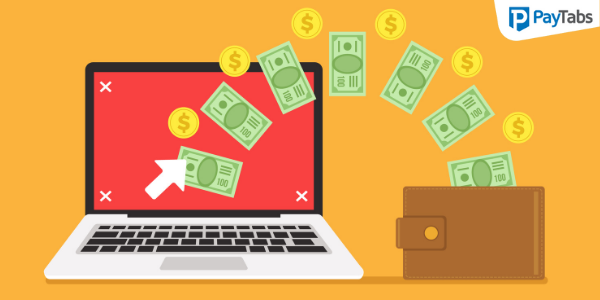How Cross-selling Can Help Maximize E-commerce Profits
Posted on

Are you using the cross-selling strategy to increase your sales in your online shop? You are losing a lot of money if you haven’t considered cross-selling. Both cross-selling and up-selling tactics are effective ways of increasing the order value, including one of the most critical business metrics. Are you wondering what this is? Well, this post will outline what cross-selling is, how it works, and why your online store needs it.
What’s cross-selling?
This is a sales approach designed to generate more sales by recommending related, complementary or additional items to a consumer who has shown commitment to buying a product. These are products that improve or optimize the original item by providing new functionalities. For instance, think about the insurance or casing sold to you whenever you purchase an electronic device.
However, this isn’t merely about providing anything you can think of. The key here is to offer the customer additional value by showing them how you understand their needs. Just like any other sales and marketing activities, cross-selling must be planned and executed strategically.
Differentiating cross-selling and up-selling
Both cross-selling and up-selling help maximize the purchase value and enhance the buying experience of a consumer by adding value to a product. Cross-selling only focuses on the promotion of additional products from related categories while up-selling encourages a consumer to buy a higher-end version of the same item or pay more for extra features and upgrades.
Cross-selling in e-commerce
When you choose to incorporate cross-selling as a sales strategy, you will focus on introducing related products to consumers who view products on your website or have added an item to their shopping cart. If executed correctly, the cross-selling technique will feel natural and boost your client’s purchasing experience by offering them matching products that will increase the value of the product they have bought.
How cross-selling is done
The initial and most vital step to succeeding in cross-selling is finding matching products, and creating offers. Like other e-commerce aspects, the positioning and timing of these offers must be tested. But, a prevalent practice is to provide the right options on the pages of your product especially during follow-up email campaigns and checkout.
Common cross-selling strategies include:
- Visual aids – This strategy is ideal for lifestyle and fashion products, where clients are mainly driven by visual cues. Use high-quality product videos and images to show the functions of the items in real life and prompt the consumer to purchase the entire package rather than getting one item.
- Bundling – This involves packing items that go together naturally like a digital camera, camera case and memory card. This will maximize your profits and you should make sure that the client knows that they require these items to use the product they bought initially. Consider providing outstanding discounts to appeal to the buyer.
Reasons for cross-selling in your online store
You must be wondering if cross-selling is worth the effort. Of course, it is! Most retailers have relied on cross-selling for many years for a reason; it works. If you haven’t thought of incorporating it in your store, you are leaving cash on the table. Advantages of cross-selling include:
- Boosts profits: Many large chain stores usually have high margins on accessories than on main products. Consider using this strategy in your store. If you choose to offer flat-rate or free shipping, you will save money on the small accessories that do not cost extra to ship but still offer more revenue.
- Increasing the average order size: A consumer who is ready to but a product is likely to get another item if the second item adds productivity to the first item. So, if you spend some funds to market such products to your new clients, most of them will buy more from you.
- Increased customer lifetime value: Each time a consumer buys your products, they will spend more. This means you will be earning more whenever the customer opts to buy from you.
Cross-selling can help grow profits. If you haven’t yet used cross-selling, consider giving it a try. Once you find the best selling items, get related products that will interest your customers. Present all the products to interested customers during the checkout process or on the product’s page. Do not forget to build trust with clients and avoid pitching too hard.
